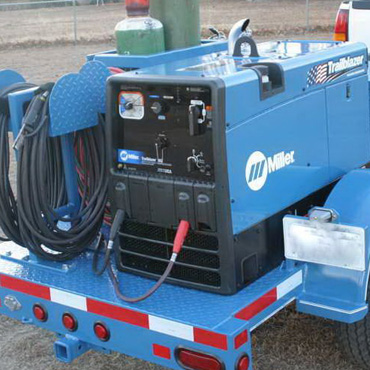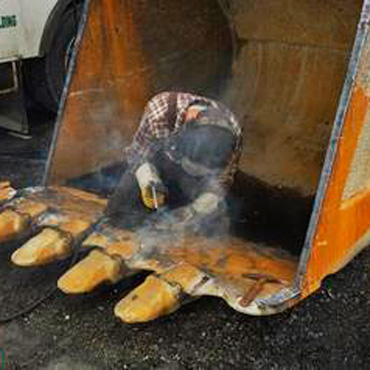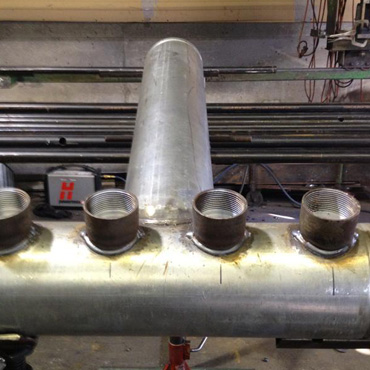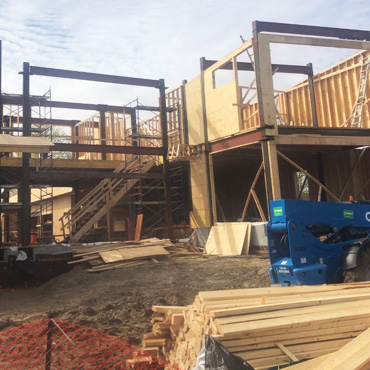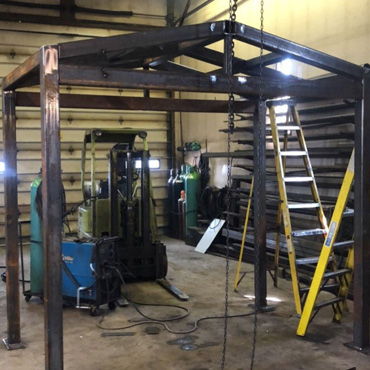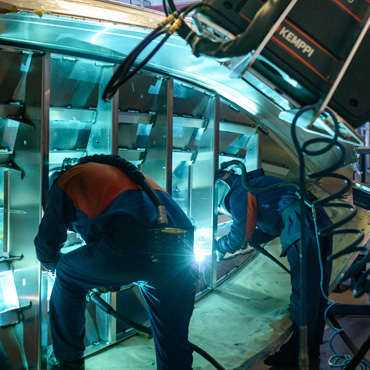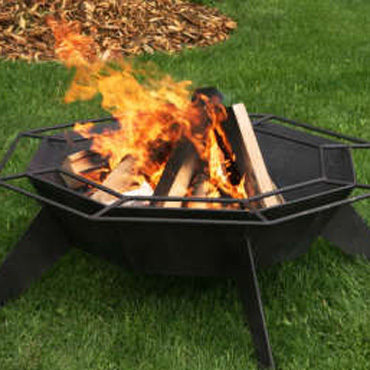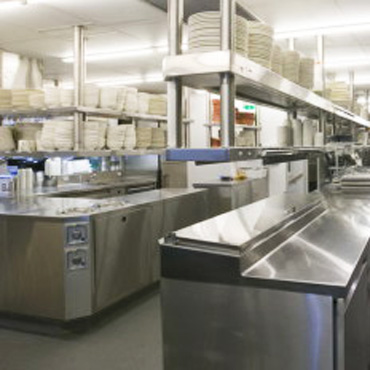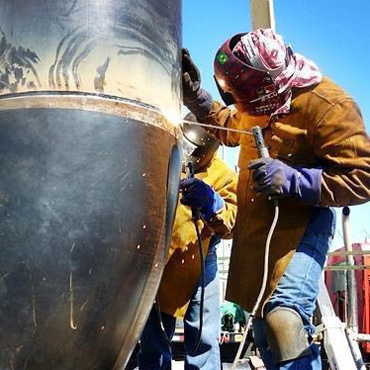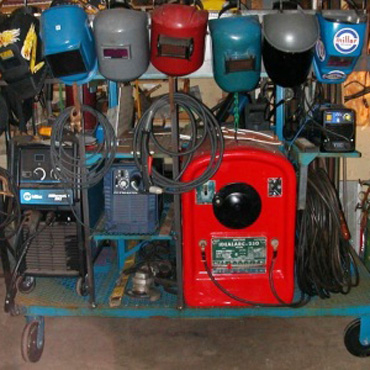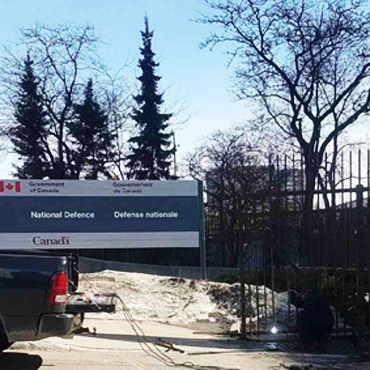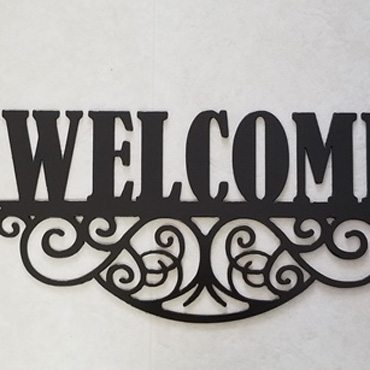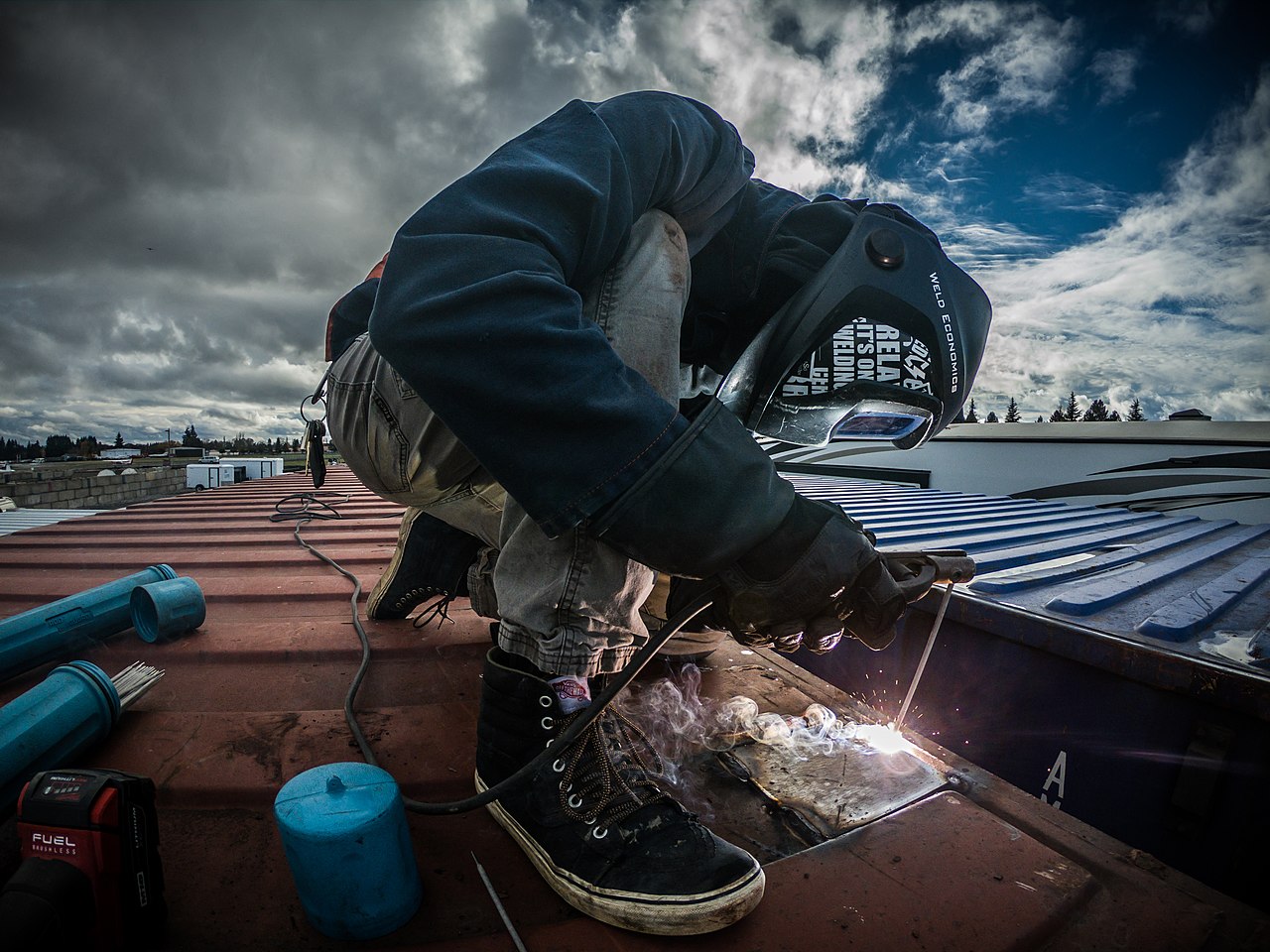
Stick Welding
The primary functions of the electrode covering are to provide arc stability and to shield molten metal from the atmosphere with gases created as the coating decomposes from the heat of the arc. This shielding controls the mechanical properties, chemical composition, and metallurgical structure of the weld metal, as well as the arc characteristics of the electrode. The composition of the electrode covering varies according to the type of electrode.
- Auxiliary gas shielding
- Less sensitive to wind
- Used in areas with limited access
What is Stick Welding (SMAW)?
Shielded metal arc welding (SMAW), also known as manual metal arc welding (MMA or MMAW), flux shielded arc welding[1] or informally as stick welding, is a manual arc welding process that uses a consumable electrode covered with a flux to lay the weld.
An electric current, in the form of either alternating current or direct current from a welding power supply, is used to form an electric arc between the electrode and the metals to be joined. The workpiece and the electrode melts forming a pool of molten metal (weld pool) that cools to form a joint. As the weld is laid, the flux coating of the electrode disintegrates, giving off vapors that serve as a shielding gas and providing a layer of slag, both of which protect the weld area from atmospheric contamination.
Because of the versatility of the process and the simplicity of its equipment and operation, shielded metal arc welding is one of the world's first and most popular welding processes. It dominates other welding processes in the maintenance and repair industry, and though flux-cored arc welding is growing in popularity, SMAW continues to be used extensively in the construction of heavy steel structures and in industrial fabrication. The process is used primarily to weld iron and steels (including stainless steel) but aluminium, nickel and copper alloys can also be welded with this method.
Source: Wiki-Wikipedia
Why Use Stick Welding?
Stick Welding, also known as Shielded Metal Arc Welding (SMAW) or Covered Electrode, the most widely used of the various arc welding processes, utilizes a fixed length electrode and an electric power source to join a variety of different metals. The core of the covered electrode consists of a solid metal rod that is surrounded by a covering of mineral compounds and metal powders mixed with a binding agent to help them adhere to the surface of the electrode. The core rod conducts electric current to the arc and provides filler metal for the joint. The sizes and types of electrodes for Stick Welding define the arc voltage requirements (within the overall range of 16 to 40 volts) and the amperage requirements (within the overall range of 20 to 550 amp). The current may be either alternating or direct depending on the electrode used, but the power source must be able to control the level of current within a reasonable range to respond to the complex variables of the welding process itself.
Stick Welding is an extremely versatile process with respect to location and environment of the operation. Welding can be done inside, outside, on a production line, a ship, a bridge, an oil refinery, a cross country pipeline, or similar types of locations. Gas and water hoses are not needed, and welding cables extend significantly beyond the power source. In remote areas, gasoline or diesel-powered units can be used Equipment is relatively simple, inexpensive and portable Auxiliary gas shielding or granular flux are not required The process is less sensitive to wind and draft than gas-shielded arc welding processes It can be used in areas where access is limited The process is suitable for most of the commonly used metals and alloys.
Limitations of Stick Welding
Operator duty cycles are low compared with semi-automatic and automatic processes; this makes the cost per pound of deposited weld metal high with Stick Welding Deposition rates are generally lower than for other welding processes The process is considered to be manual as it is not easily mechanized Stick Welding is not suitable for reactive metals such as titanium, zirconium, tantalum, and columbium because the shielding does not prevent oxygen contamination of the weld.
2023 © Bytown Welding

